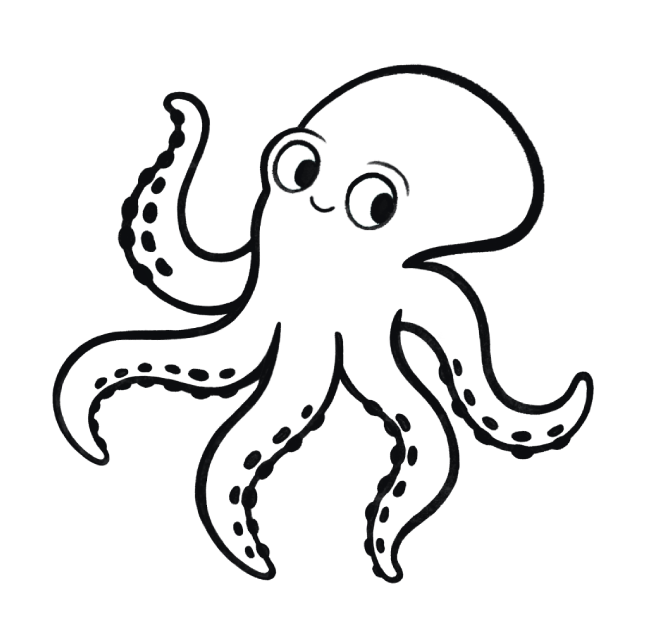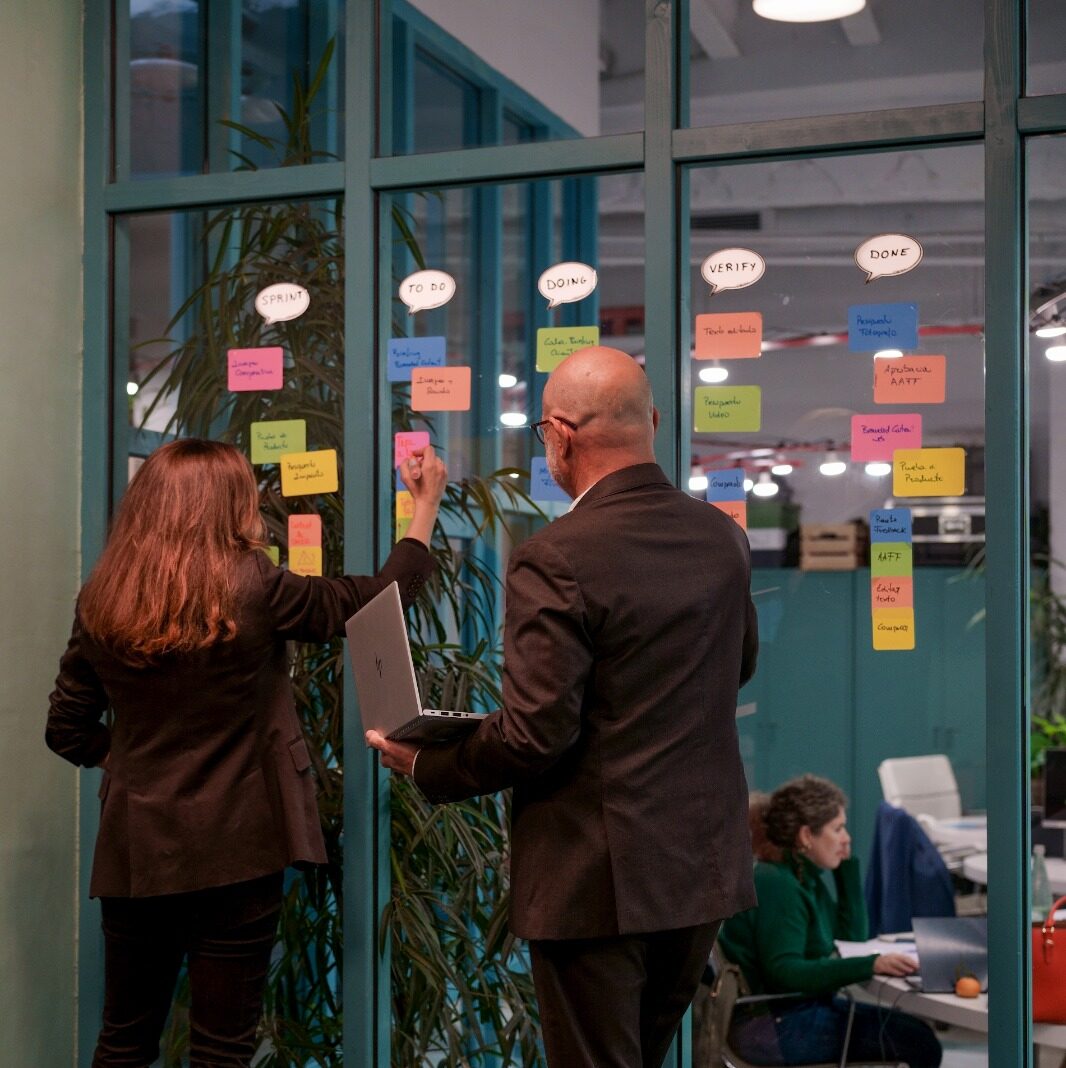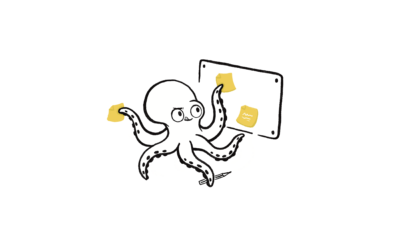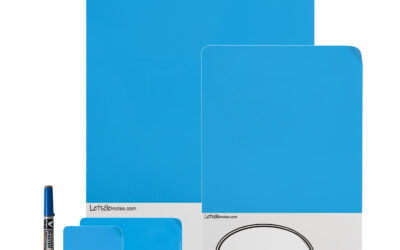At this point in the story, now that you’ve swotted up our website as if you had to retake your A-levels, you will already know that one of the areas where LetsGoNotes can be most useful is in the office. And if you’ve been browsing in that section, you will no doubt have stumbled upon some curious words: agile methodologies… What an expression!
And, of course, your inquiring mind will have asked two questions: first, what’s wrong with our mouths, and second, what are agile methodologies?
Well, speaking as your Mayor… oh, no, sorry! Here we go again with films… What we mean is that an explanation is on its way. Off we go!
What are agile methodologies and what are they used for?
Actually, when we say agile methodologies, we are talking about a series of methods that allow projects to be managed efficiently, especially when these projects involve different work groups. What we get from them is to gain in competitiveness and adaptability.
Agile methodologies are (and this is where you would start to underline if you are using your class notes) methodologies that adapt the way of working in a company to the project that has been commissioned. In other words, looking for the agile and adapted way to give the client exactly what they are asking for.
The agile methodology is based on these three points, which should be clear before going any further:
- A detailed description of the client.
- How the product is going to be used.
- What solution the item provides for the client.
In other words, planning, delivery and final assessment. So far, so good (and quite logical too).
The point is that this way of working involves all departments in the process so that decisions are taken jointly. More than the use of certain tools, the important thing here is interaction.
Functional programmes are also sought to replace overly detailed documentation. It is also essential to bear in mind that interaction with clients should be above and beyond the type of contract that is signed with them. This level of change and adaptation is the key to the success of the project.
Benefits of the agile methodology
Interacting is great. As our grandmothers say, four eyes see more than two, and what one person doesn’t come up with, someone else will. But we are reading your mind again and we know what you’re thinking: what are the benefits of the agile methodology?
We’ll tell you in just one word: lots. So let’s summarise the long list of benefits here:
- It increases the quality of the product: we go after proactivity in the approach of each member of the team. By continually checking how it evolves, the end result is always positive.
- The client obtains a high level of satisfaction: and this is what we are always aiming for, isn’t it? For the the client to be happy. In these methodologies, the client is part of the process and this allows them to get to know the characteristics of the product better. . During production, they are given advances that they can modify. This is the only way to ensure that the end result meets their needs.
- Increased employee motivation: each work team is self-managed and everyone contributes to creativity and the creation of new systems to develop new products. What’s more, collaboration is closer, making it easier to organise work in a more rational way.
- Metrics for each process: the company can see how long it takes to produce, how much it costs and what the actual output is, so there is no more fumbling around, which leads nowhere and slows down the whole process. By dividing people up into small teams, it’s easier to know how the project is progressing.
- A farther-reaching predictive capacity. The teams mentioned above are responsible for implementing the permanent checkpoints. With increased monitoring capacity, cost and time savings are also possible.
Types of agile methodologies
To get back to film references, the term agile methodologies is like the ring in Lord of the ditto: one concept to rule them all. Well, rather than rule them, let’s leave it at embracing them, housing them and putting them on your team.
All this nonsense is just to explain that there are several different types of agile methodologies that can be applied, but the ones we are going to tell you about here 👇🏻 are the most widely used. So let’s get straight to the point:
Scrum
This methodology is usually used in processes that are called sprints, and this should give you a clue as to what it implies: processes in which the goal needs to be reached in less time; and, therefore, they need to be short processes.
At the end of each stage, the team has to deliver a version of the project that will be assessed by the stakeholders. It will be the stakeholders who comment on the weak points that need to be corrected, thus starting the improvement process.
The four key concepts of this methodology are productivity, competitiveness, flexibility and innovation. There are two different approaches:
- Incremental. With each new period, additional features are added to the project.
- Iterative. After each sprint a new version of the product is created. The goal is to perfect the previous one in order to improve the properties of the project, depending on its evolution.
Something else that this methodology facilitates is the creation of new positions, such as a development team, a Scrum master and a product owner.
Isn’t that enough? No? That’s not good, so we are going to give you more information about the Scrum methodology.
Kanban
You can’t say it isn’t a nice way of saying visual card. The Kanban methodology is based on maintaining constant communication between the company and the client. The work is kept under control thanks to a production line and three different sections: tasks pending, in process and completed. Tasks can thereby be classified and the progress achieved can be seen.
Using Kanban means you can:
- Plan tasks in a better way.
- Increase the performance of each work team.
- Rely on visual metrics to reach the end goal.
- Achieve continuity in the project delivery time.
XP
No, we’re not talking about an ancient version of Windows. It actually stands for Extreme Programming.
XP is best suited to working in changing environments that require ongoing feedback, and it underlines the adaptability of the project to each new challenge.
14 different practices are employed:
- A sustainable pace of work.
- Conceiving the system as a metaphor.
- Improving the coding standard.
- Collective code ownership.
- Ongoing integration.
- Test-driven development.
- Project refactoring.
- Pair programming.
- The simplest design.
- Progressive deliveries.
- Simplicity of design.
- Testing by the client.
- Planning.
- A compact team.
And that’s all there is to read.
Agile Inception
If what you are looking for is a little help to find out what the most important goals in each company are, Agile Inception is your methodology. It helps clarify issues such as the type of client, the added value of each proposal and how it will be sold.
What it does is to apply the so-called elevator pitch method, which focuses on meetings between the working team and the partners. There is one condition: these meetings can only last five minutes at the very most. The idea is to find out where the project is going and what can be improved.
Design Sprint
Now that we’ve come this far, you already know that your company should have a clear business strategy, don’t you? (OF COURSE YOU DO!) So let’s move on.
It’s been a decade since Google Ventures created the Design Sprint methodology in order to promote professional profiles in the Agile discipline.
This process is nothing more than another sprint to reach the finishing line. And because you’re in a hurry, Design Sprint gives the company 5 days to resolve three issues: design, prototyping and customer testing.
Each stage is a sprint with a single goal: to bring the work down from months to just weeks. All it takes is a good idea to create a prototype to work with and reduce the number of mistakes.
In short
If you are looking to gain efficiency in your work processes, it is advisable to apply some of these agile methodologies. And to give you a hand and help you make your project come true, here we are with our LetsGoNotes Agile Kit, our new adhesive, washable, reusable and sustainable sticky notes. .
So shall we get down to work?







